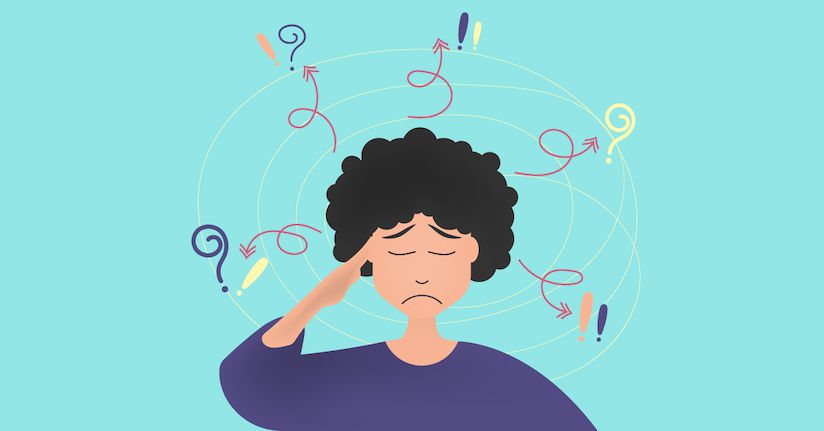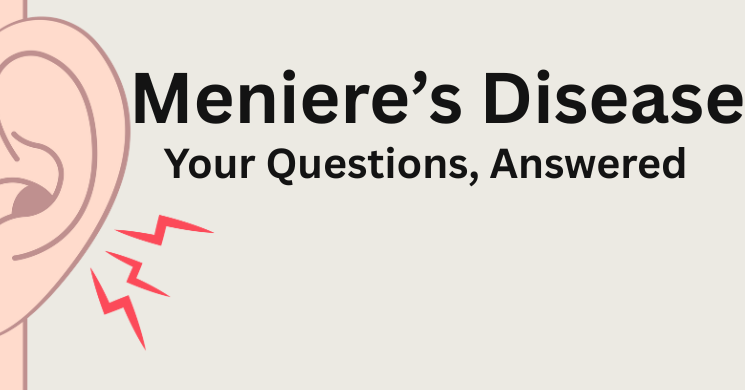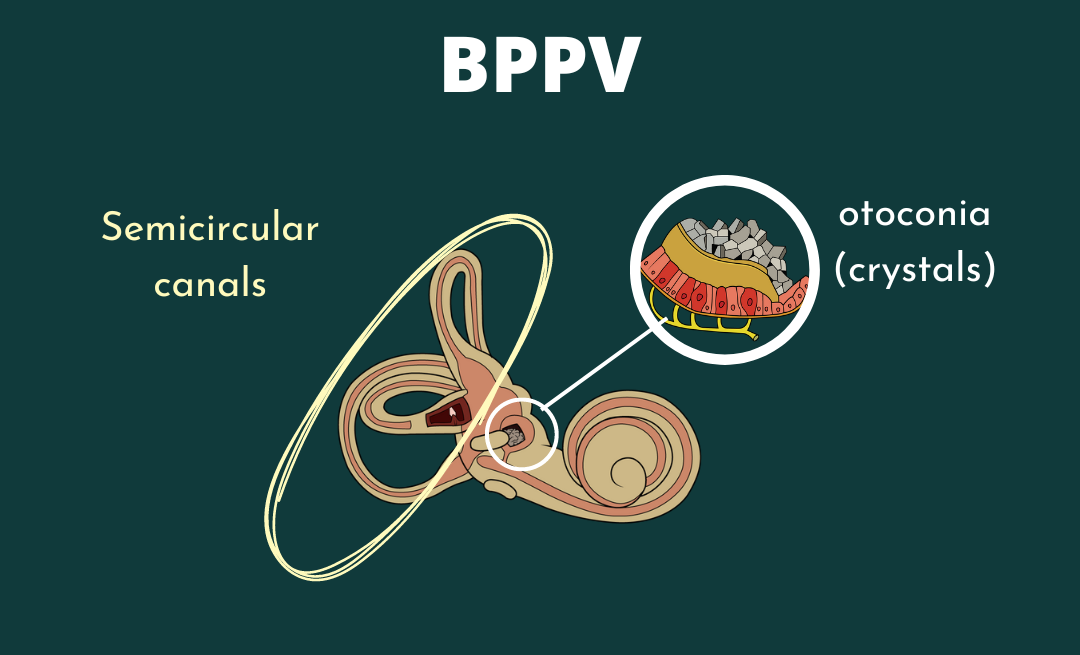Why do we get dizzy while driving?
Dizziness is a complex and frustrating symptom that often comes with driving. If you have ever been driving and had the overwhelming feeling that you need to pull over and stop, this might apply to you.
There are a few things that cause dizziness while driving. The first one is a binocular vision dysfunction like vertical heterophoria. This means your eyes are not aligned or they are struggling to work together as a team. I am not an eye specialist, but I can tell if eyes are having trouble teaming if you have difficulty with something like near-point convergence. This is the most common reason you will find on the internet for difficulty with dizziness while driving. However, there are other reasons you could be dizzy while driving, too.
Vestibular disorders and being dizzy while driving
People with vestibular disorders, like vestibular migraine, vestibular neuritis, meniere’s disease, and other frequently have difficulty with driving as well.
The dizziness while vestibular patients drive often presents similarly to those with binocular vision dysfunction. Most commonly, I see patients who describe their driving induced dizziness like they’re driving through a snow storm, like their visual system feels overwhelmed, or like they feel like the keep moving even when they’re stopped. This can cause severe anxiety associated with driving, a migraine attack while you’re in the car or when you get home, and more.
Another common complaint is getting feeling like you’re still moving even when you’ve stopped driving. If you pull into your driveway, or stop at a stop light and you feel like your body is still moving forward, you are absolutely not alone! I hear this constantly from my patients and clients. It’s a perception issue from your vestibular system and it can also be managed and treated.
If this sounds like you, there IS a solution. Vestibular Rehabilitation Therapy And Vestibular Group Fit™ are both excellent options for you.
Treating your driving related dizziness
Treating dizziness is best done with a holistic program that’s customized to you. You can customize it yourself, and you can use a qualified provider to help, as well! I recommend a combination of both.
The first step to treating driving related dizziness, is to determine WHY it’s happening. Many people have something called visual vertigo, and central peripheral visual integration issues. Visual vertigo is a common condition that comes from other vestibular disorders like vestibular neuritis, vestibular migraine, persistent postural perceptual dizziness, and other places. I often recommend finding the underlying condition, as well; but how to do that will be in another article.
After you figure out why it’s happening, which should be done with a qualified physical therapist, you can start retraining your brain and body to understand your surroundings.
Four steps to treating dizziness with driving
You and your physical therapist usually will take a few steps:
1. Watch a driving video taking up 90% of your visual field and reduce the anxiety that comes with driving.
2. Use Virtual Reality Goggles to make you feel as though your driving.
3. Slowly reintroduce you to driving in safe environments (empty parking lot, neighborhood, back roads, main roads)
4. Increase distance, speed, and more using your coping skills and managing your dizziness accurately.
Treat your dizziness with driving from home
Your dizziness can also be treated on your own if you’re the kind of person who thinks group coaching is a great fit for you! In Vestibular Group Fit™ we treat dizziness while driving in the Driving Module. This can be accessed only as a member of Vestibular Group Fit™. We go through why you may be dizzy with driving, exercises you can do while you’re driving, and how to return to driving safely. Click below to take the 3 Steps to Control your Dizziness & Vertigo MasterClass and start your healing journey!







